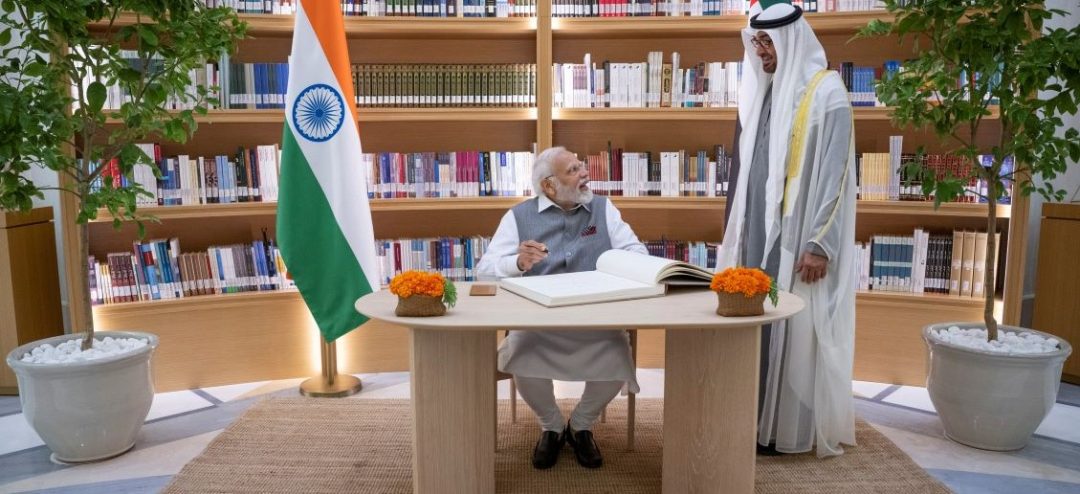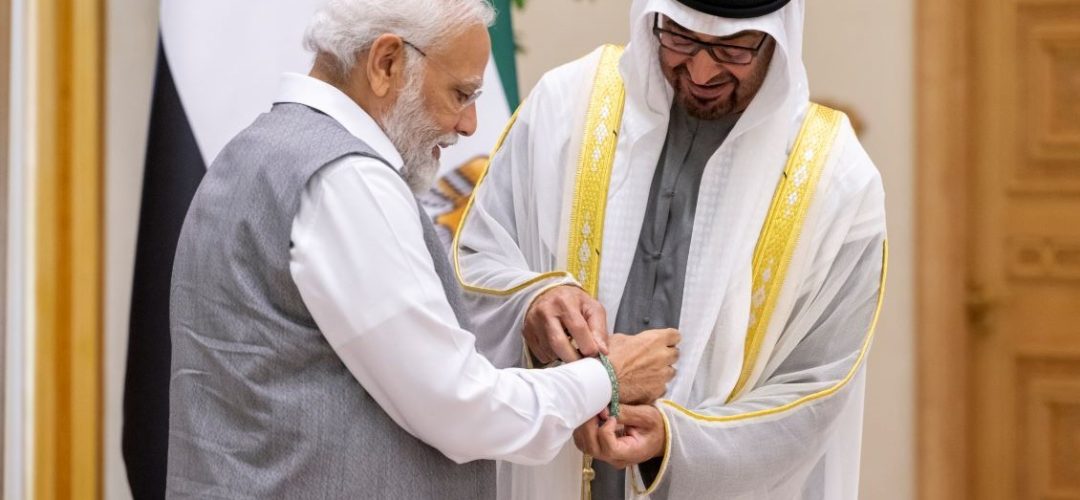India and the United Arab Emirates signed an agreement on Saturday to settle their trade in rupees and dirhams instead of the dollar. The dedollarization of world trade is a growing phenomenon, both for political reasons and out of economic urgency for developing countries.
After his state visit to France, Indian Prime Minister Narendra Modi traveled to the United Arab Emirates on Saturday, where he met Emirati President Mohammed bin Zayed in Abu Dhabi.
According to Reuters and several Arab media outlets, the two leaders have signed an agreement to conduct trade payments in Indian rupees and Emirate dirhams instead of the dollar.
This decision aims to reduce transaction costs for India by eliminating the need for dollar conversions and, in turn, increase the price competitiveness of Indian exports.

Most importantly, the dedollarization policy allows for independence from the greenback, resulting in a more balanced trade balance for developing countries that face chronic shortages of foreign currency.
This is particularly advantageous for India, which is currently the third-largest importer and consumer of oil globally and pays for its hydrocarbon imports from the United Arab Emirates in dollars.
The dedollarization of world trade is currently a growing phenomenon, driven not only by the economic urgency of developing countries but also by political motives for countries seeking to establish their economic power, such as China, or those aiming to circumvent Western sanctions, such as Iran or Russia.
In addition to the monetary arrangement, the two countries have also agreed to establish a real-time payment link to facilitate smooth cross-border money transfers.
The United Arab Emirates, home to a strong Indian community, maintains important relations with New Delhi, particularly in trade and energy.
Georges Haddad, Reuters and AFP





